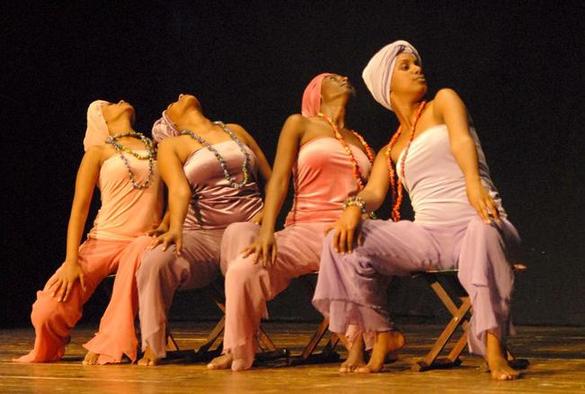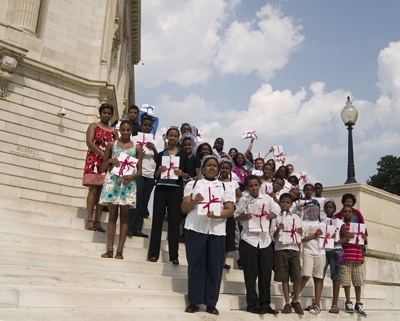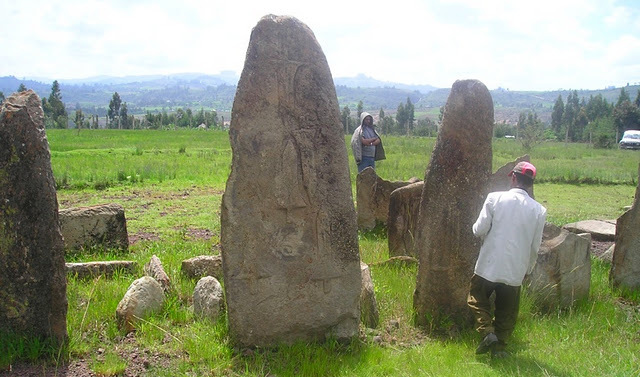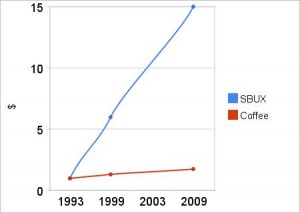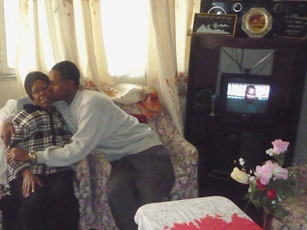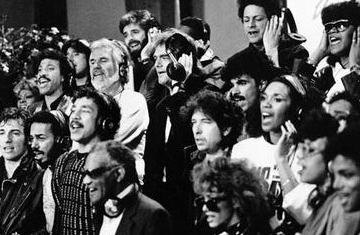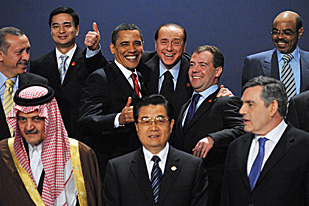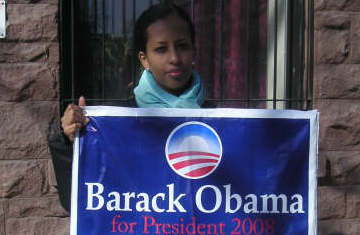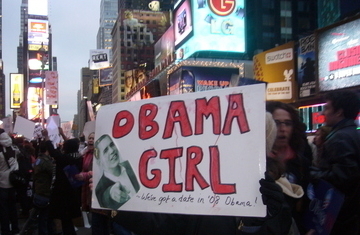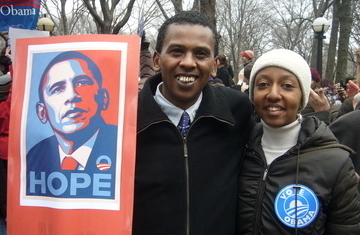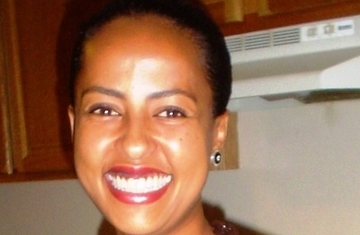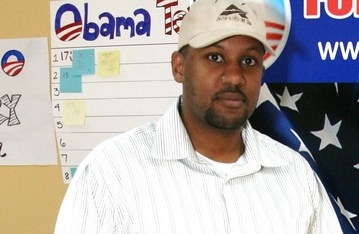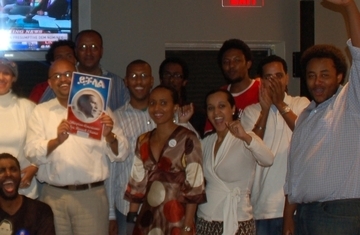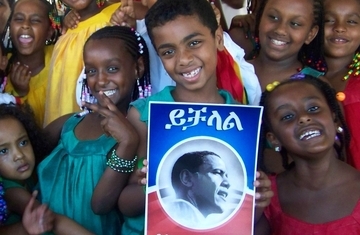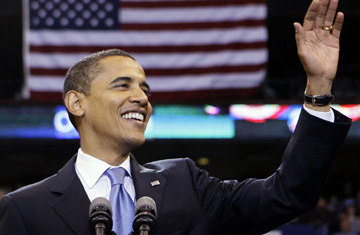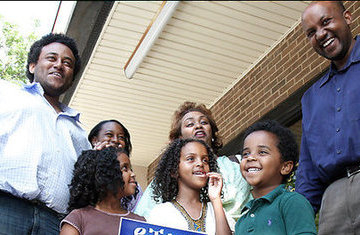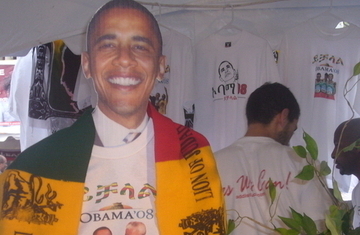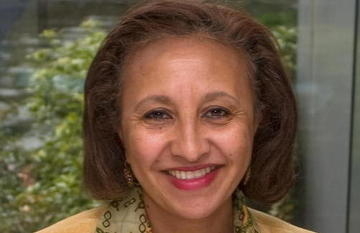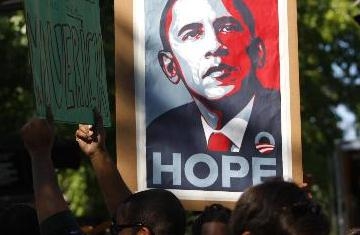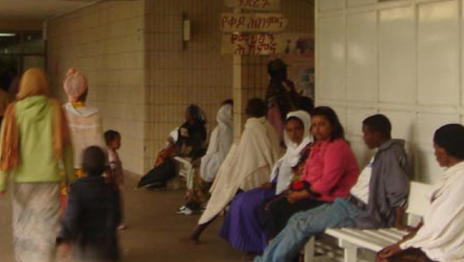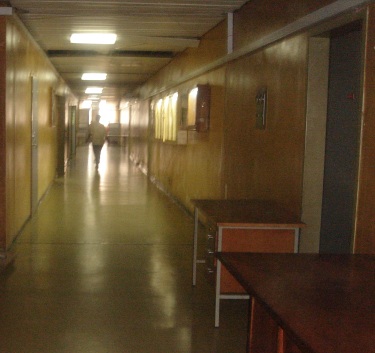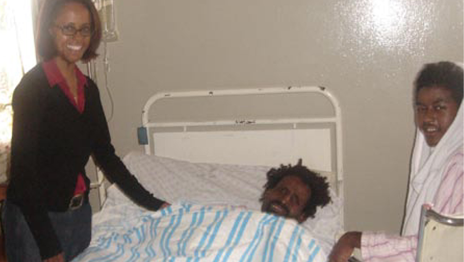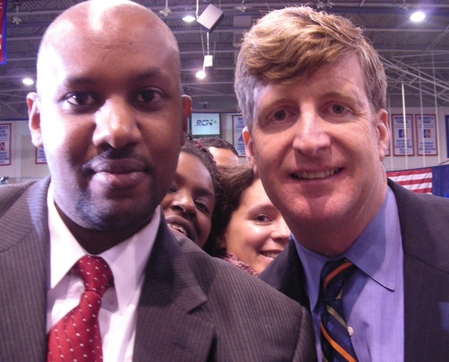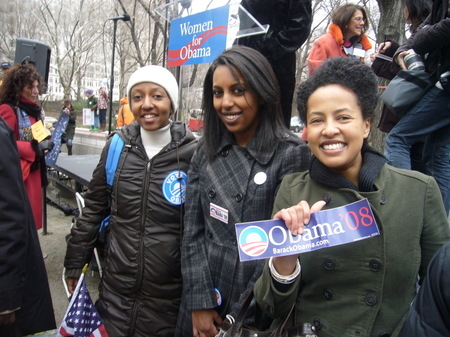Figure 3: Hatse Bazin’s Stela at Aksum (Photo: Ayele Bekerie)
Tadias Magazine
By Ayele Bekerie

Published: Monday, March 15, 2010
Click here to read part one of this article.
Who are the authors of the external paradigm?
New York (Tadias)- Sergew (1972) represents the Ethiopian scholars who look at the Ethiopian history from outside in, one of the most ardent proponents of the external origin of Ethiopian history and civilization is Edward Ullendorff. In the preface to his book The Ethiopians: An Introduction to Country and People, Ullendorff (1960) wrote:
This book is principally concerned with historic Abyssinia and the cultural manifestations of its Semitized inhabitants – not with all the peoples and regions now within the political boundaries of the Ethiopian Empire.
The constituent elements of the external paradigm are thus “historic Abyssinia” and “Semitized inhabitants.” Regarding the name Abyssinia, Martin Bernal (1987), in his book Black Athena: The Afroasiatic Roots of Classical Civilization, Vol 1, wrote: “It should be made clear that the name ‘Abyssynia’ was used precisely to avoid ‘Ethiopia,’ with its indelible association with Blackness. The first American edition of Samuel Johnson’s translation of the 17th-century travels of Father Lobo in Ethiopia and his novel Rasselas, published in Philadelphia in 1768, was entitled The History of Rasselas, prince of Abissinia: An Asiatic Tale! Baron Cuvier equated Ethiopian with Negro, but categorized the Abyssinians – as Arabian colonies – as Caucasians.”
On the question of “Semitized inhabitants, Bernal (1987) appears to agree with Ullendorff. Bernal stated, “The dominant Ethiopian languages are Semitic.” I must add, however, Bernal now claims the origin of what is generally accepted as Afro-Asiatic or “Semitic” languages is Ethiopia. The possible diffusion of the Afro-Asiatic languages from Ethiopia to the Near East since Late Paleolithic times have also been emphasized by Grover Hudson (1977; 1978). This claim by itself is a major challenge to the South Arabian or external paradigm. Ullendorff’s claim that “the Semitized inhabitants of historic Ethiopia” had South Arabian origin has become difficult to sustain. It is, however, exemplary to look into the writings of Ullendorff in order to bring to light the process of linking the Ethiopian history to an external paradigm.
According to Ullendorff, “no student of Ethiopia can afford to neglect the connection between that country and South Arabia. Among those who have recognized this vital link are Eugen Mitwoch, while leo Reinsch is the undisputed master of the Semitic connection with the Hamitic (Kushitic) languages of Ethiopia.” Hamitic/Semitic divide, of course, was nothing but a means to keep the Ethiopian people divided.
His divisiveness even became clearer in the following statement: “The Abyssinians proper, the carriers of the historical civilization of Semitized Ethiopia, live in the central and northern highlands. From the mountain of Eritrea in the north to the Awash valley in the south we find this clearly distinguishable Abyssinian type who for many centuries has maintained his identity against the influx of Negroid peoples of the Nile Valley, the equatorial lakes, or the Indian Ocean littoral.” What is surprising is this outdated argument of physical anthropology that remained unchallenged until very recently. It is also unfortunate that a significant portion of the Ethiopian elite would buy such erroneous assertion.
The outline of Ethiopian history constructed by Ullendorff begins with “South Arabia and Aksum.” And the outline has been duplicated and replicated by a significant number of Ethiopian historians. For instance, Sergew used similar “external” approach in his otherwise very important book entitled Ancient and medieval Ethiopian History to 1270. Sergew (1972) wrote, “Ethiopia is separated from Southern Arabia by the Red Sea. As is well known, the inhabitants of South Arabia are of Semitic stock, which most probably came from Mesopotamia long before our era and settled in this region. … For demographic and economic reasons, the people of South Arabia started to migrate to Ethiopia. It is hard to fix the date of these migrations, but it can be said that the first immigration took place before 1000 B.C.11 Sergew essentially echoed the proposition advanced by Ethiopianits, such as E. Littmann (1913), D. Nielson (1927), J Doresse (1957), H.V. Wissman (1953), C. Conti Rossini (1928), M. Hoffner (1960), A. Caquot and J. Leclant (1955), A. Jamme (1962), and Ullendorff (1960).12 The Ethiopianists almost categorically laid down the external or South Arabian paradigmatical foundation for Ethiopian history.
Challenges of the External Paradigm from Without
In Aksum: An African Civilisation of Late Antiquity, Stuart Munro-Hay (1991) writes: “The precise nature of the contacts between the two areas [South Arabia and Ethiopia], their range in commercial, linguistic or cultural terms, and their chronology, is still a major question, and discussion of this fascinating problem continues.”13 What is notable in Munro-Hay’s interpretation is the very labeling of the Aksumite civilization as an African civilization. Its impact may be equivalent to Placid Temples’ Bantu Philosophy. At a time when Africans are labeled people without history and philosophy, the Belgian missionary in the Congo inadvertently overturned the Hegelian reduction of the so-called Bantu. Temples elevated the Bantu (African) by wanting to observe him in the context of reason and logic, that is, philosophy.
By the same token, Aksum: An African Civilisation dares to place or locate Aksum in Africa. That by itself is a clear shift of paradigm, from external to internal. It is an attempt to see Ethiopians as agents of their history. It is an attempt to question the validity of the south Arabian origin of the Ethiopian history and civilization.
Jacqueline Pirenne’s proposal has also convincingly challenged the validity of the external paradigm as the source of Ethiopian history. Pirenne suggests that the influence is in reverse, i.e., the Ethiopians influenced the civilization of the South Arabians. She reached her ‘ingenious’ conclusion after “weighing up the evidence from all sides, particularly aspects of material culture and linguistic/paleographic information.” Pirenne is essentially confirming the proposal made by scholars such as DuBois and Drusilla Dungee Houston, two African American vindicationist historians, who, in the early 1900s, wrote arguing that South Arabia was a part of ancient Ethiopia.
Another landmark in the refutation of the South Arabian paradigm comes from the Italian archaeologist, Rodolofo Fattovitch, who linked the pre-Aksumite culture to Nubia, “especially to Kerma influences, and later on to Meroe.” After more than three decades of extensive research and publications, Fattovitch in 1996 made the following conclusion: “The present evidence does not support the hypothesis of migration from Arabia to Africa in late prehistoric times. On the contrary, it suggests that Afro-Arabian cultures developed in both regions as a consequence of a strong and continuous interaction among the local populations.” Recent archaeological evidence from Asmara region also appeared to support the conclusion reached by Fattovitch. “Archaeologists from Asmara University and University of Florida, based on preliminary excavations in the vicinity of the Asmara, seemed to have found an agricultural settlement dated to be 3,000 years old.”
Challenges of the External Paradigm from Within
Among the Ethiopian scholars, Hailu Habtu (1987) presents a very strong case against the external paradigm. As far as Hailu is concerned, “the formulation of Ethiopian and other African historiography by European scholars at times suffers from Afro-phobia and Eurocentrism.” Hailu utilizes linguistic and historical linguistics evidence to challenge the external paradigm. Most importantly, Hailu suggested a new approach in the reading of the Ethiopian past by declaring the absence of “Semito/Hamitic dichotomy in Ethiopian tradition.” Hailu cites the works of Murtonen (1967) to question any significant linguistic connection between Ge’ez and the languages of South Arabia. According to Murtonen, “Ancient South Arabic is more closely related to northern Arabic and north-west Semitic rather than Ethiopic.” He also cites Ethiopian sources, such as Kibra Nagast or the Glory of Kings and Anqatsa Haimanot or the Gate of Faith.
Another Ethiopian historian who challenged the external paradigm is Teshale Tibebu. Teshale (1992) poignantly summarizes the argument as follows: “That Ethiopians are Semitic, and not Negroid; civilized, and not barbaric; are all images of orientalist semiticism in Western Social Science. Ethiopia is considered as the southwestern end of the Semitic world in Africa. The Ethiopian is explained in superlative terms because the ‘Negro’ is considered sub-human. That the heavy cloud of racism had been deeply embedded in the triplicate4 intellectual division among Social Sciences, orientalism, and anthropology – corresponding to Whites, ‘orientals’ (who included, Semitic people, who in turn included Ethiopians), and Negro and native American ‘savages,’ respectively – is common knowledge nowadays. … Ethiopians have always been treated as superior to the Negro but inferior to the White in Ethiopianist Studies because of the racist nature of the classification of the intellectual disciplines. It is quite revealing to see that more is written on Ethiopia in the Journal of Semitic Studies than in the Journal of African History.”
Perhaps the most persistent critique of the external paradigm was the great Ethiopian Ge’ez scholar, Aleqa Asras Yenesaw. Aleqa Asras categorically rejected the external paradigm as follows:
The notion that a Semitic fringe from South Arabia brought the writing system to Ethiopia is a myth.
1. South Arabia as a source of Ethiopian civilization is a political invention;
2. South Arabia was Ethiopian emperors inscribed a part of Ethiopia and the inscriptions in South Arabia.
3. There is no such thing as Sabaen script; it was a political invention designed to undermine Ethiopia’s place in world history.
Paleontological Evidence Places the Origin in Africa
Of course, Ethiopia in terms of place and time emerged much earlier than the name itself. The formation of a geographical feature called the Rift Valley predates in millions of years the word Ethiopia. It was in the Rift Valley of northeast Africa, thanks to the openings and cracks, that paleontologists have been able to unearth the earliest human-like species. At least 5 million years of human evolution has taken place before the naming of Ethiopia. Dinqnesh, Italdu, Garhi, ramidus or afarensis are names assigned within the last thirty years, even if they predate Ethiopia by a much longer time periods.
Ethiopia’s beginning, in paleontological terms, was in what we now know as southern Ethiopia. The Afar region is primal, for it is the cradle of human beings. The people of this region may have experimented with the oldest stone technology to develop our initial knowledge about plants and animals. They may have also experimented with languages and cultures so as to create groups and communities. They may have also been the first to map varying residential sites by moving from one locality to another.
In other words, the history of human beings begins in Africa, more specifically in the Rift Valley regions of northeast and southern Africa. As a result, African history is central to the early development of human beings. As the oldest continent on earth, it has been particularly valuable in the study of life. To many, Africa has made one of the most important, if not the most important contributions: the emergence of the earliest human ancestors about five million years ago. Evidence has shown that all present humans originated in Africa before migrating to other parts of the world. Paleontology is providing an incredible array of information on human origin. Furthermore, gene mapping and blood test are useful methods in the understanding of human beginnings in Africa.
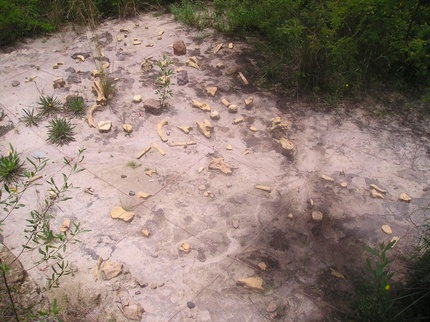
Figure 4: Paleontological Site at Melka Kunture, central Ethiopia (Photo by
Ayele Bekerie)
Ethiopia has become one of the most important sites in the world in the unearthing and understanding of our earliest ancestors. Among the earliest human-like species found in Ethiopia are: Aridepithecus ramidus (4.4 – 4.5 myo), Australopithecus afarensis also known as Dinqnesh (3.18 myo), and Australopithecus garhi (2.5 – 2.9 myo). A. ramidus (an Afar word for root) is one of the earliest hominid species found in Aramis, Afar region by a team including Tim White and Berhane Asfaw. A. afarensis is widely considered to be the basal stalk from which other hominids evolved. Dinqnesh was found in Hadar, Afar region by Donald Johanson and his team in 1974. In addition, the oldest stone tools or the earliest stone technology, which is dated 2.5 million years old, was found in the Afar region by an Ethiopian paleontologist, Seleshi Semaw and his team in 1998.
Furthermore, Ethiopia has also provided us with a concrete fossil evidence for the emergence of modern human species, Homo sapiens, about 160, 000 years ago, again from the Afar region of Ethiopia. The fossil evidence supports the DNA evidence that traced our common ancestor to a 200,000-year-old African woman.23 “Geneticists traced her identity by analyzing DNA passed exclusively from mother to daughter in the mitochondria, energy-producing organelles in the cell.”24 Likewise, scientists from Stanford University and the University of Arizona have conducted a study to find the genetic trail leading to the earliest African man or Adam. According to this Y chromosome study, the earliest male ancestors of the modern human species include some Ethiopians, whose descendants populated the entire world.
According to Berhane Asfaw, an Ethiopian paleontologist, Edaltu, the probable immediate ancestor of anatomically modern humans and the 160,000-year-old fossilized hominid crania from Herto, Middle awash, Ethiopia, “fill the gap and provide crucial evidence on the location, timing and contextual circumstances of the emergence of Homo sapiens in Africa.”
In other words, as Lapiso Dilebo puts it, “Ethiopia is the primordial home of primal human beings and that ancient Ethiopian civilization ipso facto and by recent archaeological findings precedes chronologically and causally all civilizations of the ancients, especially that of Egyptian and Greco-Roman civilizations.”
I am also devoting more space to the paleontological aspect of Ethiopian history to show the way toward a paradigm shift in the reading of the Ethiopian past. It is very clear that humanity has gone through a set of dynamic evolutionary processes in Africa. What we now know as Ethiopia is central to part of an evolutionary transformation, which is attested by the presence of more than 87 linguistic groups that eventually emerged in it.
I think it will be fascinating to look into the historical convergence and divergence of all these linguistic/cultural groups, of course, from inside out.
Towards the People-Centered History of Ethiopia
A people-centered Ethiopian history will have at least the following foundations of material cultures. I would like to identify them as pastoral, inset and teff civilizations. Distinct communities and ways of lives have been established and perpetuated on the bases of these three civilizations in three major ecological zones. Moreover, we observe the emergence of national traditions and identity through the interactions of these civilizations.
Pastoral civilizations tend to concentrate in the lowlands or dry or semi dry lands of Ethiopia. The civilization is also conducive to coexist with the traditions and practices of both inset and teff civilizations. The inset civilization covers a wide region in the south and southwest, in an area known as woina dega or an ecological zone between the lowland and the highlands of Ethiopia. It is a tradition that is deeply rooted among the peoples of Wolaita, Gurage Betoch, Keffa and numerous other nationalities of the south. Teff civilization is the civilization encompassing central and northern Ethiopia that is the mountainous region of Ethiopia. It is important to note that I use the term civilization to denote the social, economic and cultural institutions that are established and sustained by the people. Pastoral, inset and teff are primary occupations of the people, but the essence of their lives is not entirely dominated by them.
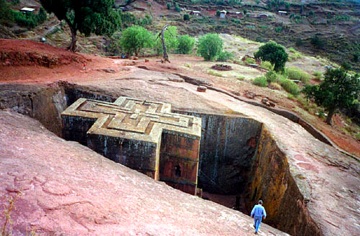
Figure 5: Bete Giorgis Church at Lalibela, northern Ethiopia
(Photo by Ayele Bekerie)
What are the main characteristics of these civilizations? The civilizations are home grown and deeply rooted. In other words, the people have succeeded in mastering ways of life that can be passed on from generations to generations. Furthermore, the civilizations are allowed to flourish in a pluralistic environment. In other words, they are civilizations that embrace or tolerate multilingual and multi-religious expressions. In all the three cases, we witness the presence of monotheistic or indigenous religious traditions, multiple linguistic expressions and patterns of social structures and functions under the umbrellas of these civilizations.
It is my contention that such inward approach may help us to fully understand, for instance the Gada age-grade system of the Oromos. The Gada system is regarded as one of the most egalitarian democratic system invented by the Oromos. The system allows the entire community to fully participate in its own affairs. All age groups have roles to play, events to chronicle and responsibilities to assume. I just can’t imagine how we can achieve modernity, or for that matter post-modernity in governance and development, without seriously considering such a relevant practice.
The inset civilization tends to allow its male members to venture to other professions far from home. A case in point would be the Gurages and the Dorzes. The Gurages are active in trading and business through out the country. The Dorzes are the weavers and cloth makers from homegrown resources for the larger population. Inset does not take a lot of space. A well-fertilized acreage at the back of the residential home may have enough inset plants, which are capable of meeting the carbohydrate needs of the entire household throughout the year.
Teff is part of the plow culture of the highlands. Just like inset, teff culture is unique to Ethiopia. No traces of teff or inset cultures are found in South Arabia. It is indeed in these significant material cultures that we begin collecting data in order to construct the long and diverse history of Ethiopia.
—–
Slideshow: Photos used in this article
——
Publisher’s Note: We hope this article will spark a healthy discussion on the subject. The piece is well-referenced and those who seek the references should contact Professor Ayele Bekerie directly at: ab67@cornell.edu.
About the Author:
Ayele Bekerie is an Assistant Professor at the Africana Studies and Research Center of Cornell University. He is the author of the award-winning book “Ethiopic, An African Writing System: Its History and Principles” Bekerie is also the creator of the African Writing System web site and a contributing author in the highly acclaimed book, “ONE HOUSE: The Battle of Adwa 1896-100 Years.” Bekerie’s most recent published work includes “The Idea of Ethiopia: Ancient Roots, Modern African Diaspora Thoughts,” in Power and Nationalism in Modern Africa, published by Carolina Academic Press in 2008 and “The Ancient African Past and Africana Studies” in the Journal of Black Studies in 2007.



